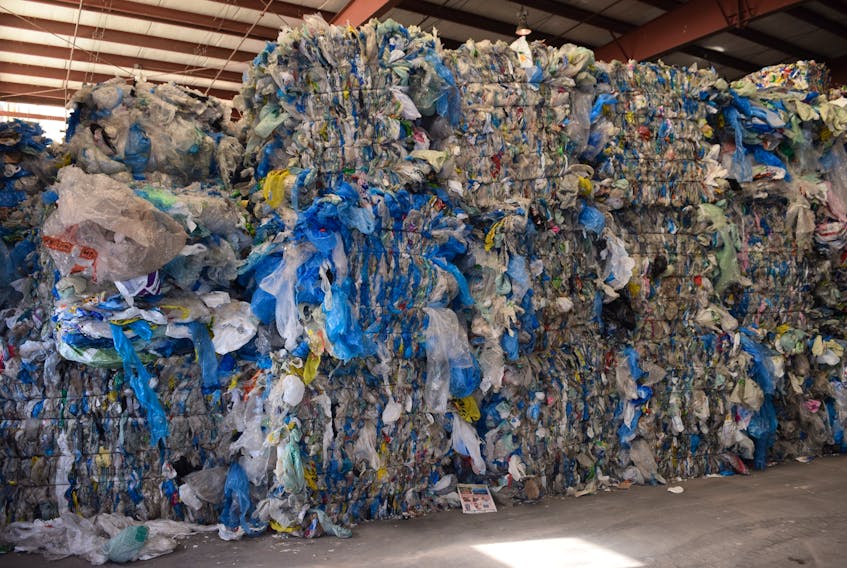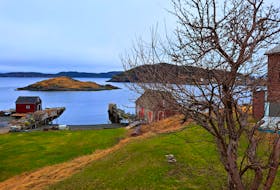Nature will find a way, even when it changes to deal with pollution.
It just may not be the way we want or expect.
It’s early days yet, but scientists are tinkering with bacteria that may be able to help deal with one of the largest pollution problems we face now: what to do with polyethylene terephthalate (PET) plastics.
The scientists were working with Ideonella sakaiensis, a bacterium that was discovered at a bottle recycling facility in Japan that “eats” PET plastics (if your plastic bottle has the numeral 1 inside its recycling triangle, it’s PET.)
Savour that sweet, sweet concept for a few moments: what better place could there be for a plastic-eating bacteria to develop than at a recycling facility? After all, there’s food all around, if plastic becomes your thing. (It’s also apt from the point of view of the good old Japanese monster movie, but more on that in a minute.)
We’ve heard about biodegradable plastics before, but things like “biodegradable” plastic bags really aren’t: they’re simply made with enough plant starches to allow them to break down into bits of plastic too small to see. But the plastics are still there.
Ideonella sakaiensis, though, is different. It produces both energy and carbon from PET using two enzymes, and breaks the plastic down into ethylene glycol and terephthalic acid. As scientists experimented with the enzymes, they made a stronger, improved version — something that was in the news this week.
I know, I like science fiction far too much. But I do know that, for every action, there’s an equal and opposite reaction. That nature abhors a vacuum. That nothing is constant but change.
And I kind of wonder what would happen if a bacterium amped up with a super-PET-dissolving enzyme actually got loose in the world, and started chowing down on one of our most useful (as well as wasteful) polymers.
After all, when PET is used in clothing, it’s known as polyester — something that hangs in a fair number of people’s closets. Even if your clothes aren’t made of the fibres, they may be sewn together — or have their buttons attached — with polyester thread. Close to 60 per cent of PET production ends up in clothing, and 30 per cent in bottles. Other uses include everything from coatings used in solar panels to manufacturing applications.
And imagine if a modest collection of PET-munching bacteria found their way into the loading dock of your favourite soda bottler. The results, after a while, might be, well, fizzy.
All of this, of course, is a long, long way into the future. The race now is to see if the enzymes can work in an industrial setting to break down the plastic. (And, it should be pointed out, the bacteria involved can eat the plastics, but it’s not clear if the material would be a favourite choice, if other foods were available.)
Overall, though, finding a new and inventive solution for pollution that absolves us of our slovenly way runs the risk of creating its own, as-yet-unconsidered problems. Is it an improvement, for example, if the plastic in our oceans was to be replaced with ethylene glycol (also known as antifreeze) and terephthalic acid (which has reproductive impacts and can help some urinary tract cancers develop more quickly)?
That’s why the early stages of a scientific process often remind me of the old song that starts, “I know an old lady who swallowed a fly.”
I’ve said this before about other things: the solution may have worked for each step along the way, but the old lady died.
A plastic-eating microbe? Maybe a double-edged sword.
Russell Wangersky’s column appears in 39 SaltWire newspapers and websites in Atlantic Canada. He can be reached at [email protected] — Twitter: @wangersky.








